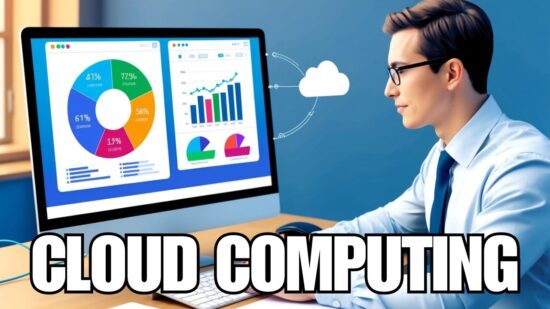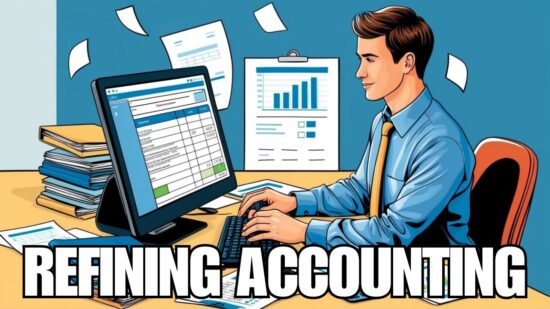
The word “Cloud” is definitely the buzz word now, but when you ask 10 different people, you will probably get different answers about what it means to each person.
Here’s some examples:
Software as a Service (SaaS)
This is web delivered software accessible from a computer with a web browser. There may still be requirements set by the software developer such as ram, operating system, or certain type of web browser. It is subscription based, without the traditional requirements of having software installed and running from your internal network.
Data Backup in the Cloud
This may also be called “Offsite Backup” to a data center or multiple data centers. Your data is remotely transferred over time to a secure data center for when a disaster occurs. Data retrieval is through the web.
Storage in the Cloud
Common product names are Dropbox, Skydrive, JungleDisk, FilesAnywhere, and iCloud. This is virtual storage for you to save documents, pictures, and files of any type for access through the web. This is great for collaboration. This is not great for very large file storage and retrieval because of speed limitations over the web.
Public Cloud
This is storage shared with other people on the same equipment. You cannot see anything but your data, and other people cannot see your data, but you are sharing the same virtual space.
Private Cloud
This is storage that is not shared with anyone else, and is run on your equipment only, usually from a data center.
Hybrid Cloud
This is a combination of local server hardware, server virtualization, and cloud delivered software in a subscription model.
- Hardware is delivered in a Hardware as a Service model (HaaS)
- Software is delivered in a Software as a Service model (SaaS)
- Remote management and remote delivery of software make this very scalable and flexible
- Business Continuity options can make server failover happen in only minutes
Full Cloud
This is everything delivered via the web. Full desktop virtualization brought down through any device, anywhere, through a login and password via your web browser. Your same desktop brought down every time no matter what computer you use, or what operating system. Your server is virtual, your data is stored virtually, all you need is access to the web.






